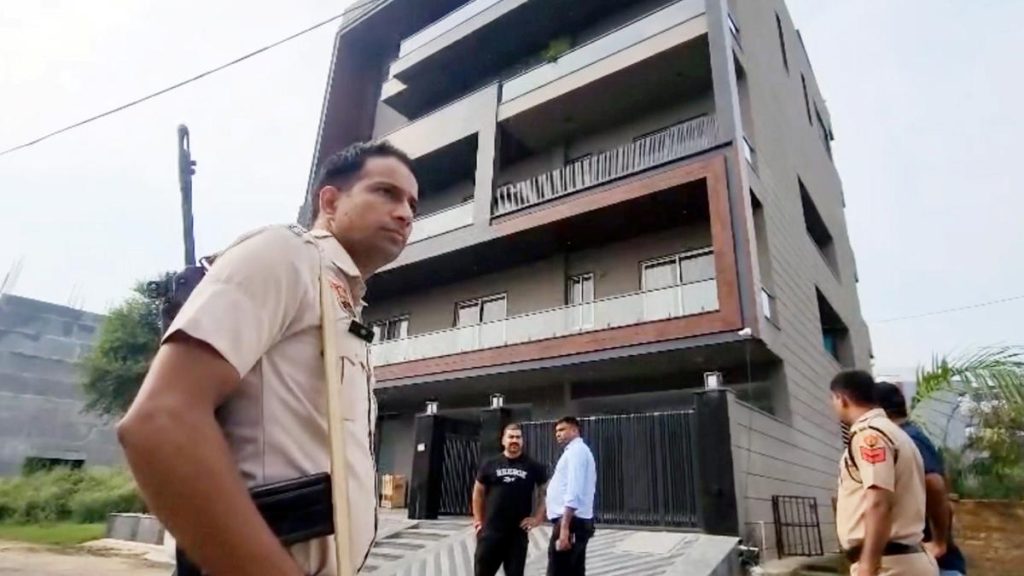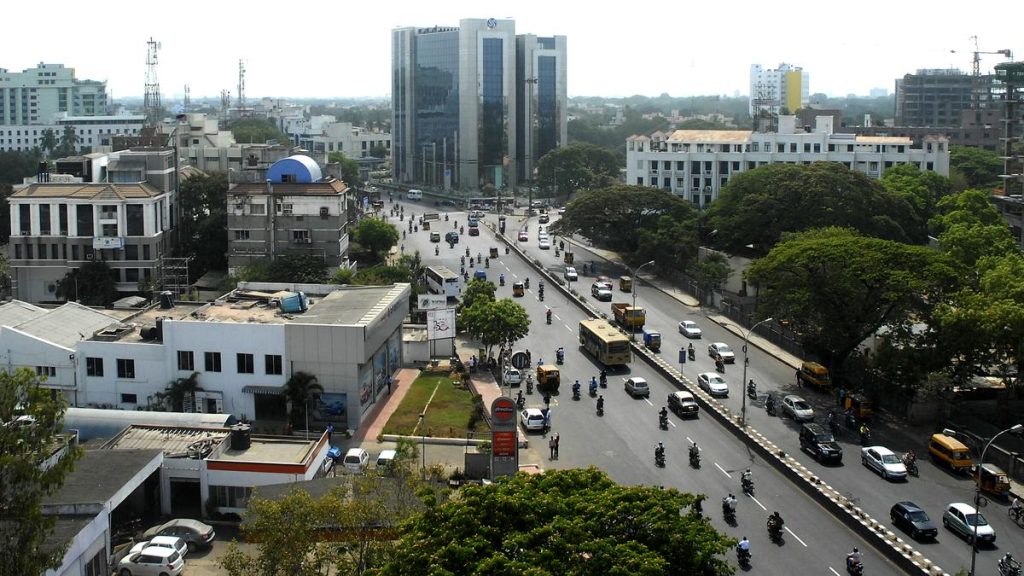Now Reading: Farmers in Andhra Grapple with Crop Failures and Debt Crisis
-
01
Farmers in Andhra Grapple with Crop Failures and Debt Crisis
Farmers in Andhra Grapple with Crop Failures and Debt Crisis
Fast Summary:
- Incident: Aitamraju Anjamma, a widow in Palnadu district, Andhra Pradesh, struggles with ₹32 lakh debt following the suicide of her husband, Venkateswarlu, due to mounting agricultural losses.
- Larger Issue: Between 2014 and 2025, 399 suicides were recorded in Palnadu from reasons primarily tied to debt or crop failures. Farmer suicides are reportedly undercounted; NGOs estimate higher figures compared to official data.
- Key Causes for Suicides: Crop failures due to pest infestations (e.g., thrips), erratic rains, high input costs (e.g., chilli cultivation requiring ₹2.5 lakh per acre upfront), falling market prices for cash crops like chilli and cotton. Tenant farmers often face additional financial stress due to high tenancy rents.
- Ex Gratia Payments: As per goverment rules (G.O. No. 43),affected families should receive ₹7 lakh as aid post-suicide verification processes within seven days. However, delays are widespread; many families haven’t received their entitlements since 2019.
- Living Conditions: Families affected by farmer deaths-mostly tenant farmers-struggle with poverty and unresolved debts; children’s education becomes uncertain as women take on menial jobs for survival.
- Access Issues:
– Credit Access: Preference for informal moneylenders over cumbersome institutional loans.
– policy Gaps: Limited issuance of Crop Cultivator Rights Cards (CCRCs) hinders many tenant farmers’ access to welfare schemes like YSR Rythu Bharosa.
Indian Opinion Analysis:
The recurring farmer suicides in the Palnadu region underscore two critical issues plaguing Indian agriculture-economic vulnerability and systemic inefficiencies in welfare delivery mechanisms. Despite targeted government interventions such as ex gratia payments or MSP policies, they appear insufficient either because of delayed implementation or exclusionary frameworks that leave tenant farmers out of scope.
Structural concerns such as rising production costs for chili/cotton farming alongside falling prices highlight a gap between investment by cultivators and market returns-a destabilizing factor amplified by climate unpredictability and pest outbreaks. Institutional credit challenges further lock these small-scale producers into cycles of dependency on unregulated lenders with exorbitant interest rates.
On the policy front, timely processing of aid thru mandated grievance systems must be prioritized so it reaches families before financial pressures exacerbate their hardships. Expanding outreach programs for education regarding sustainable practices along with increasing CCRC access could help empower struggling tenant farmers.
Farmer-centric reforms focusing on reducing cost risks or making crop insurance more equitable could mitigate this crisis long-term if synchronized across agricultural policies at state/national levels.
Read More: Original article

























